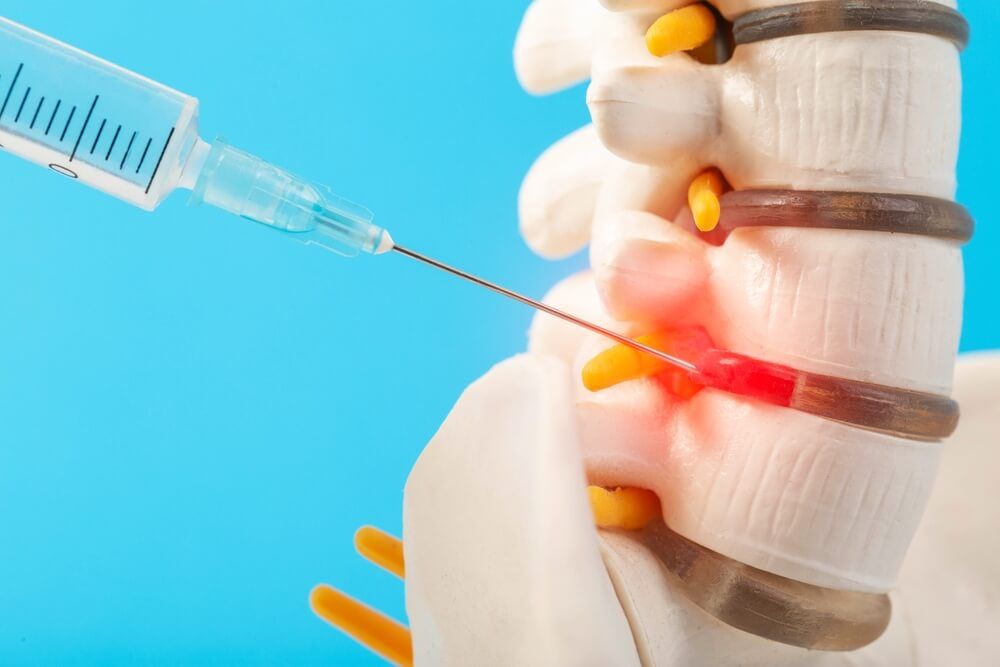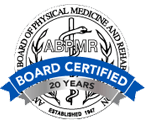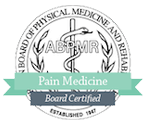Trigger-point injections treat pain in areas that have developed trigger points, which are knots of muscle that form when muscles contract and but cannot relax. Trigger points are caused by injury to or overuse of the affected muscle; they can also be caused by stress and anxiety. They can irritate the nerves around them, which causes pain in other areas of the body. The chronic pain brought on by trigger points can also decrease the affected muscle’s range of motion.
Candidates for Trigger-Point Injections
Trigger-point injections are typically used to treat pain in the neck, lower back, arms and legs. They can also be effective for tension headaches, temporomandibular joint (TMJ) pain or fibromyalgia, and for myofascial pain syndrome, a chronic pain condition in which trigger points develop in certain muscles, and cause pain when touched. Patients with this condition often experience deep, aching pain in the affected muscle that worsens over time, as well as muscle and joint stiffness, and difficulty sleeping. Symptoms can significantly affect a person’s quality of life, and should be addressed if they do not subside. Over time, patients with untreated myofascial pain syndrome can develop muscle weakness or fibromyalgia.
The Trigger-Point Injection procedure
A needle containing a local anesthetic, and, sometimes, a corticosteroid to reduce inflammation, is inserted into the trigger point to make it inactive and, therefore, alleviate the pain. The procedure typically takes between 15 and 20 minutes, and is done in a doctor’s office. If necessary, multiple sites can receive trigger point injections in one appointment.
Risks of Trigger-Point Injections
Trigger-point injections are considered safe, and have few side effects. The patient may feel sore around the injection site for up to 2 days, but applying ice usually helps. In most cases, normal activities can be resumed the next day. Trigger-point injections not only relieve pain, they loosen the muscles that are responsible for the pain, which facilitates the rehabilitation process.




